Global food markets are in turmoil once again – not only because of Russia's decision to pull out of the Black Sea grain deal but also because of India's announcement to ban exports of many varieties of rice.
The partial export ban imposed by the world’s largest rice trader, which accounts for about 40% of exports, has raised concerns that food inflation will spiral out of control, especially in countries in the global south already struggling with high debt levels and rising food and fuel costs. Even if lifted soon, the export ban is a major decision for India, both economically and geopolitically . It significantly undermines recent claims by Indian leaders that the country is a natural and responsible leader of the developing world.
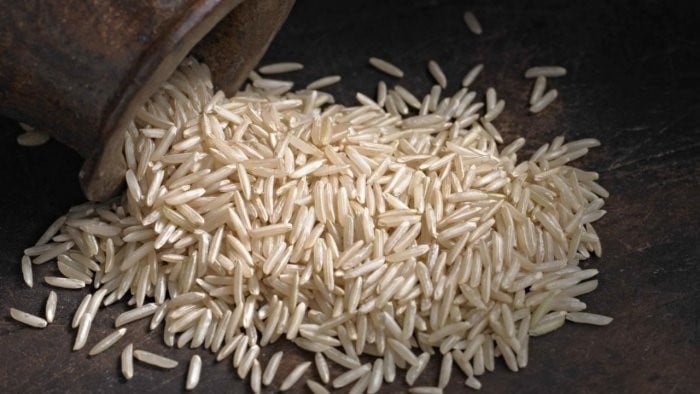 |
New Delhi’s rationale for its decision is rising domestic food prices, with general elections looming next year. Low food inflation is traditionally a key determinant of electoral success in India – and domestic rice prices have risen more than 10% over the past year.
What is unclear to most Indian economists is why an export ban is the best answer for domestic consumers when the government is also stockpiling large quantities of rice that could be easily distributed to poorer Indians or released into the open market to bring down prices.
Indeed, for officials in New Delhi, export bans have become the first, not the last, response to rising domestic prices. Just months after Russia seized the Ukrainian wheat market last year, for example, India again closed its wheat exports, exacerbating food insecurity in the emerging world just when it was most vulnerable.
India often claims, even at the World Trade Organization, that its restrictive trade policies are intended to protect millions of subsistence farmers. But in reality, if farm income were the government’s top priority, it would not have shut down exports when prices were rising and farmers were making rare profits. If India wants to take on a leadership role in the world, it must understand that its decisions have global ramifications. Even in richer countries like the United States, consumers—many from the Indian diaspora—have flocked to supermarkets to stock up on Indian rice varieties.
Indian policymakers are quick to defend themselves against such complaints. They will point out that the ban does not apply to India’s most popular rice, basmati. This will be little consolation to Indians abroad, especially those from South India, who prefer shorter-grain rice.
The government points out that despite the export ban announced last year, India actually exported nearly double the amount of wheat in the summer of 2022 compared to the previous year. This is not due to leaks in the system, but partly because contracts signed before the ban were still honoured. But it is also because other governments were able to lobby India to make exceptions for specific wheat shipments. A similar system will be in place for rice.
India’s decision is likely to provoke retaliation. In fact, the backlash could escalate quite quickly if global rice prices hit a 10-year high. And the world is largely blaming India’s ban for the rice shortage.
Source link


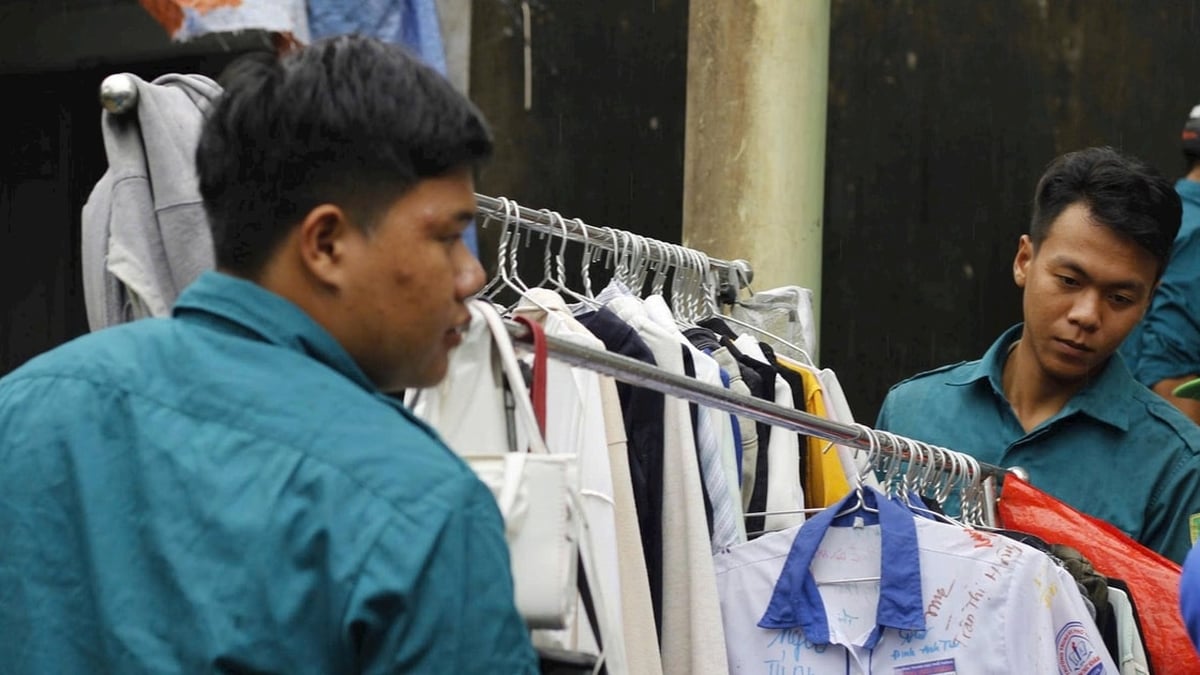

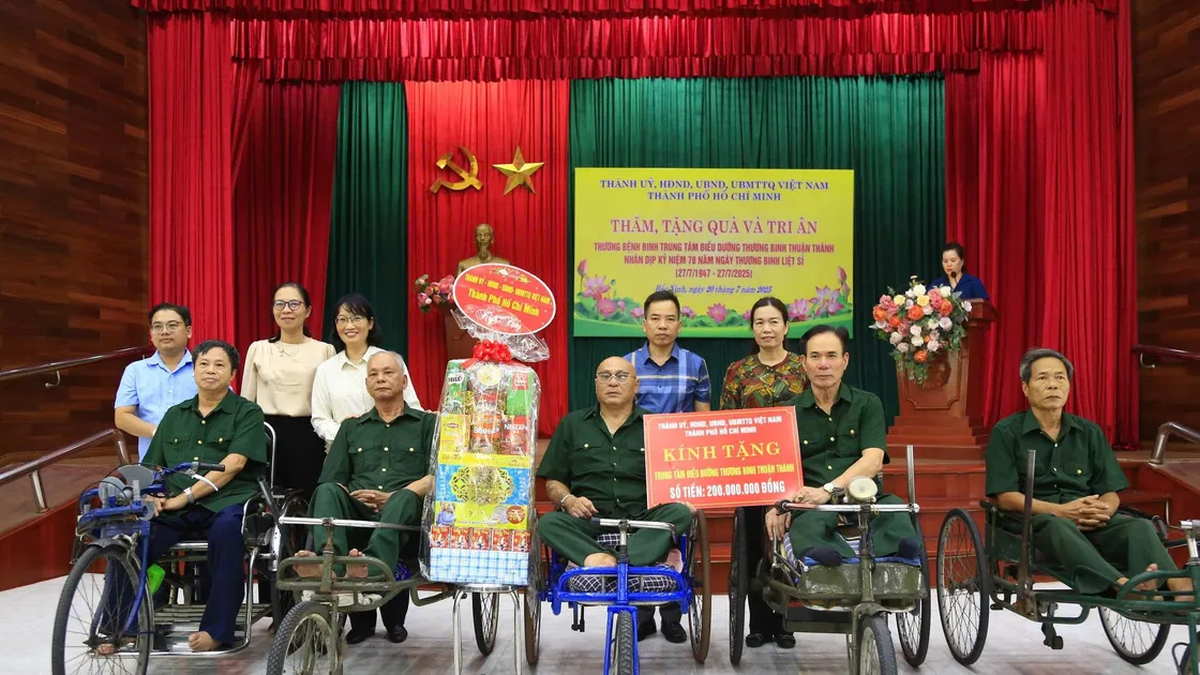





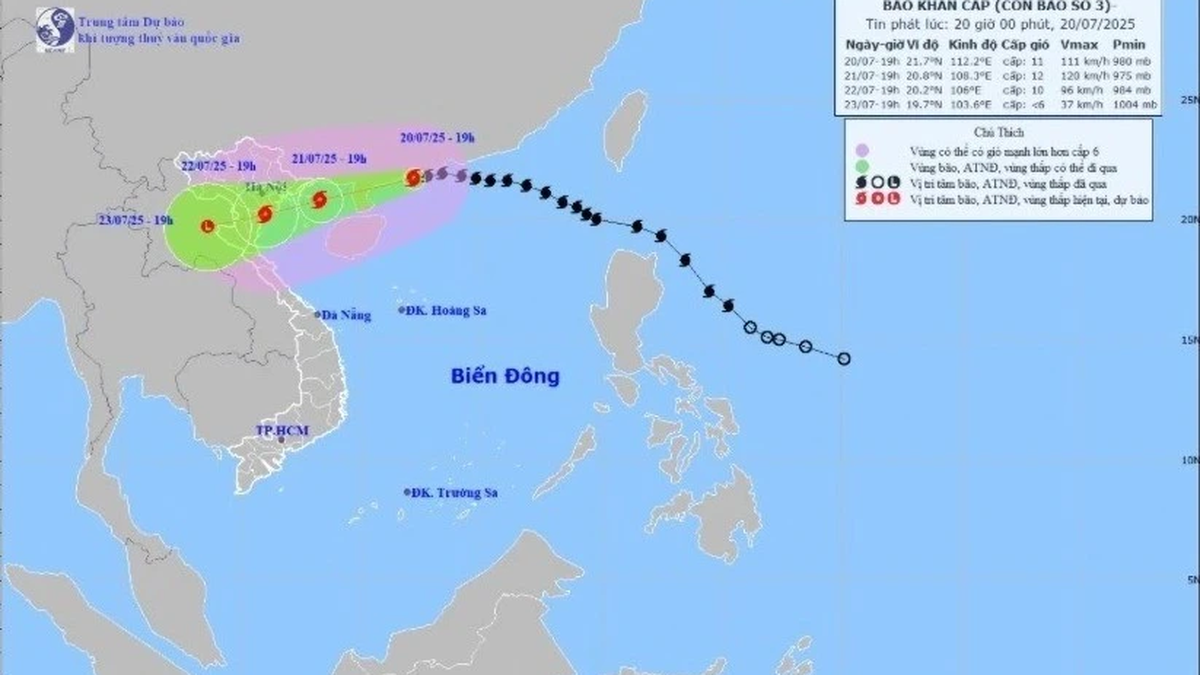


















![[Photo] National Assembly Chairman Tran Thanh Man visits Vietnamese Heroic Mother Ta Thi Tran](https://vphoto.vietnam.vn/thumb/1200x675/vietnam/resource/IMAGE/2025/7/20/765c0bd057dd44ad83ab89fe0255b783)






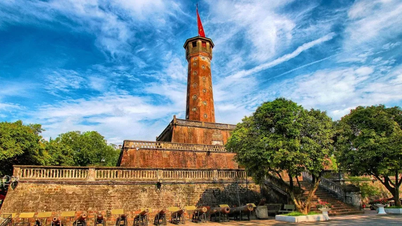


























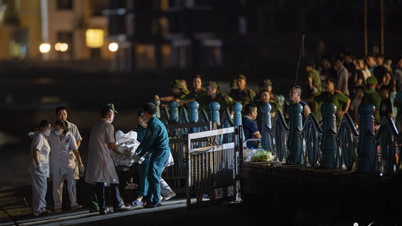


































Comment (0)